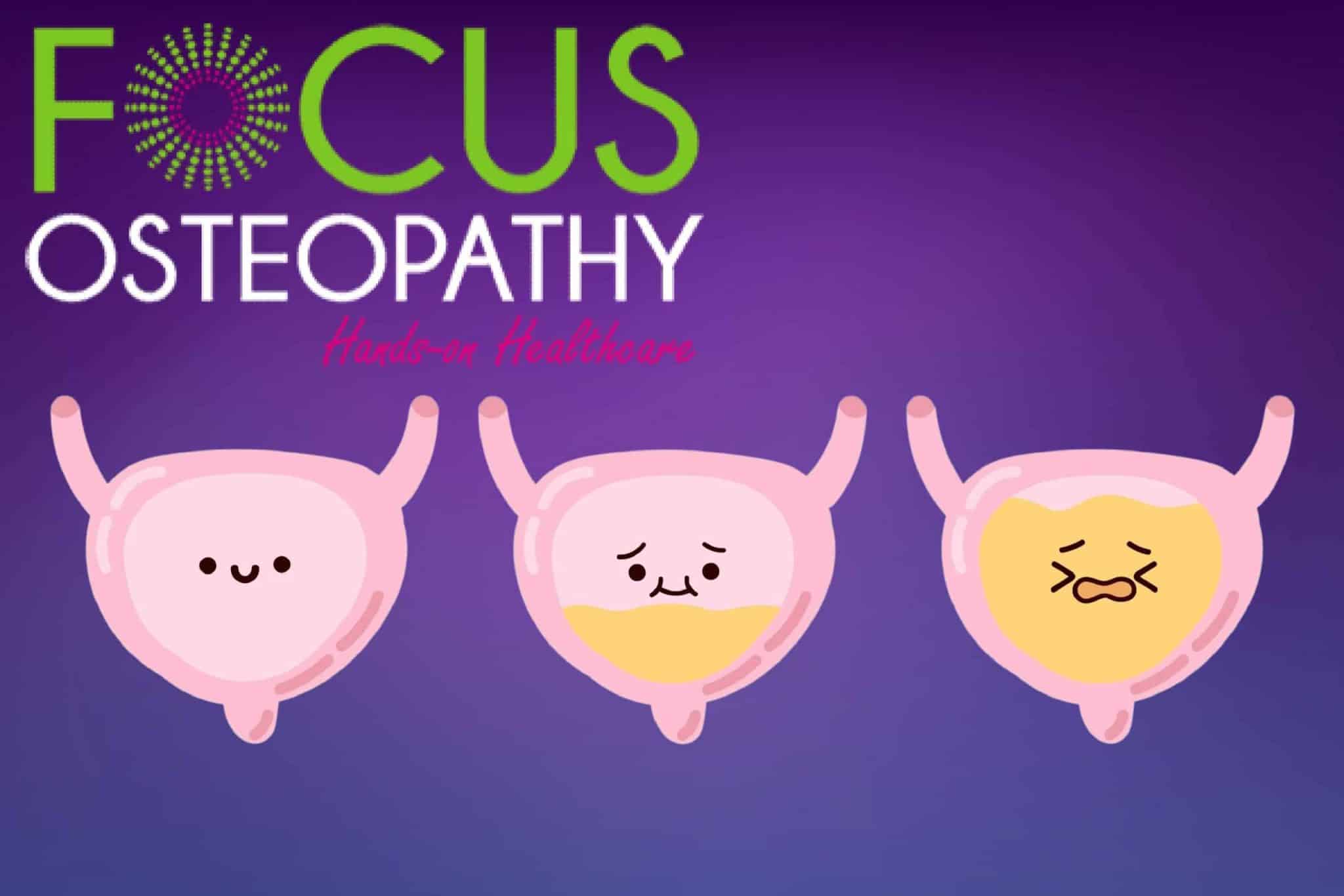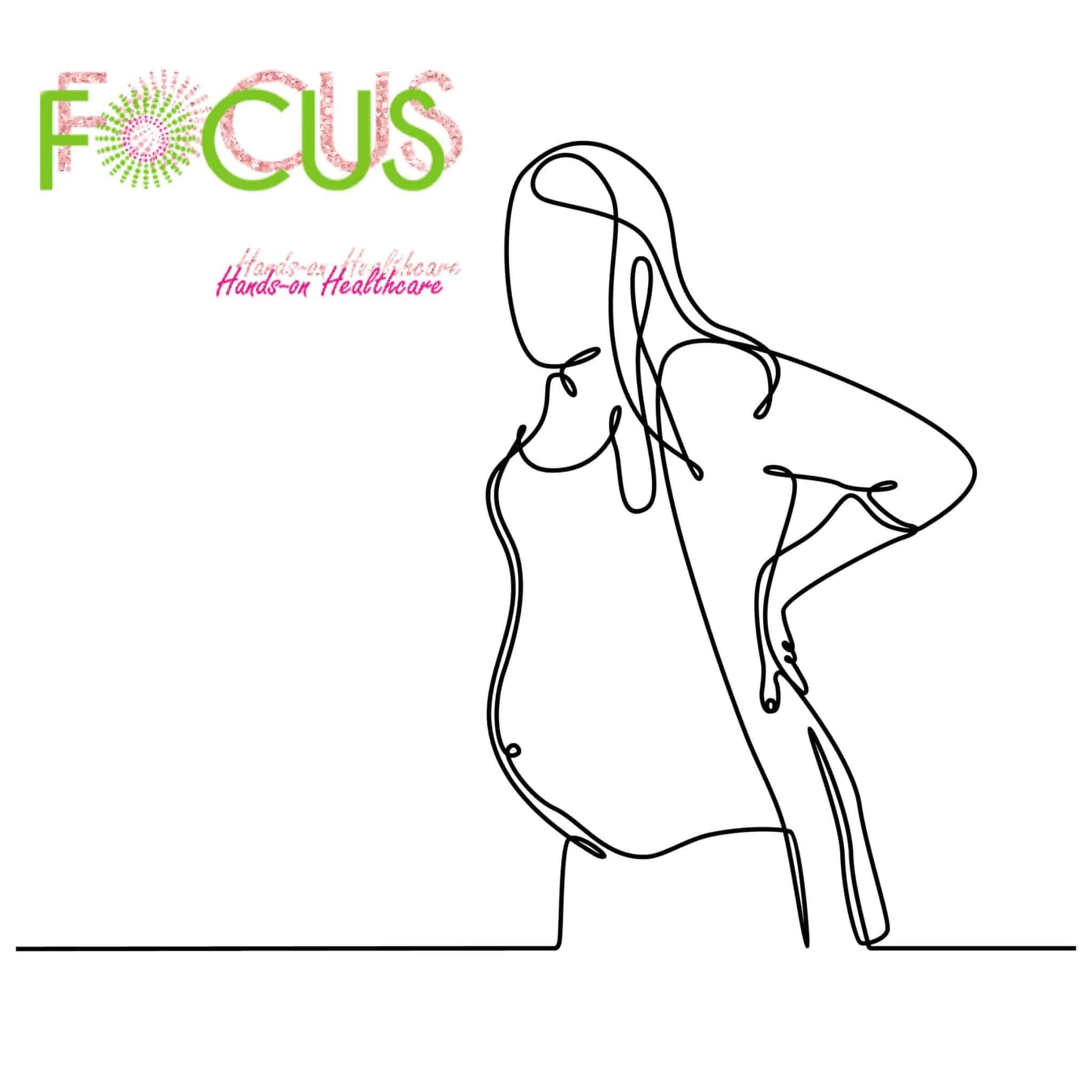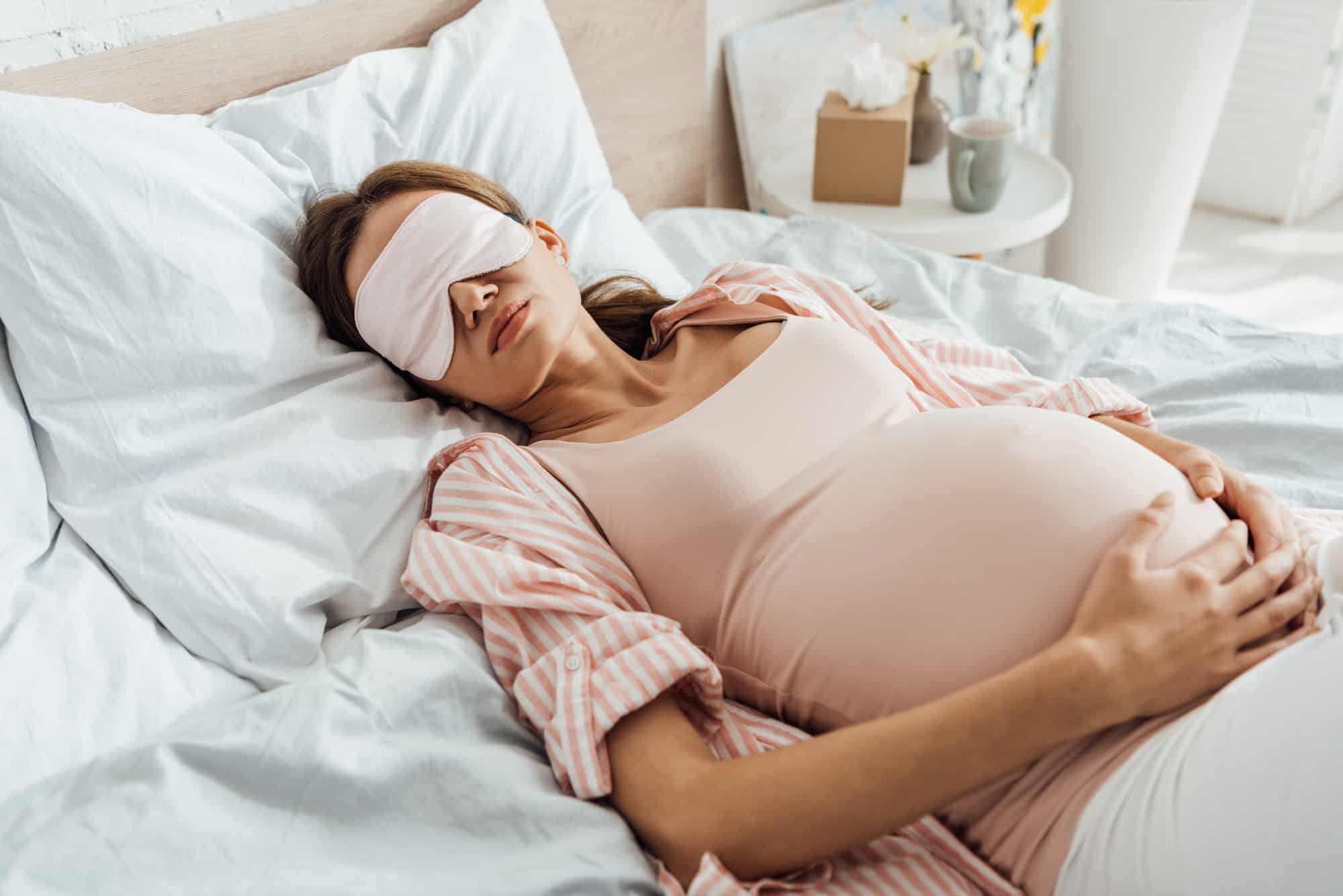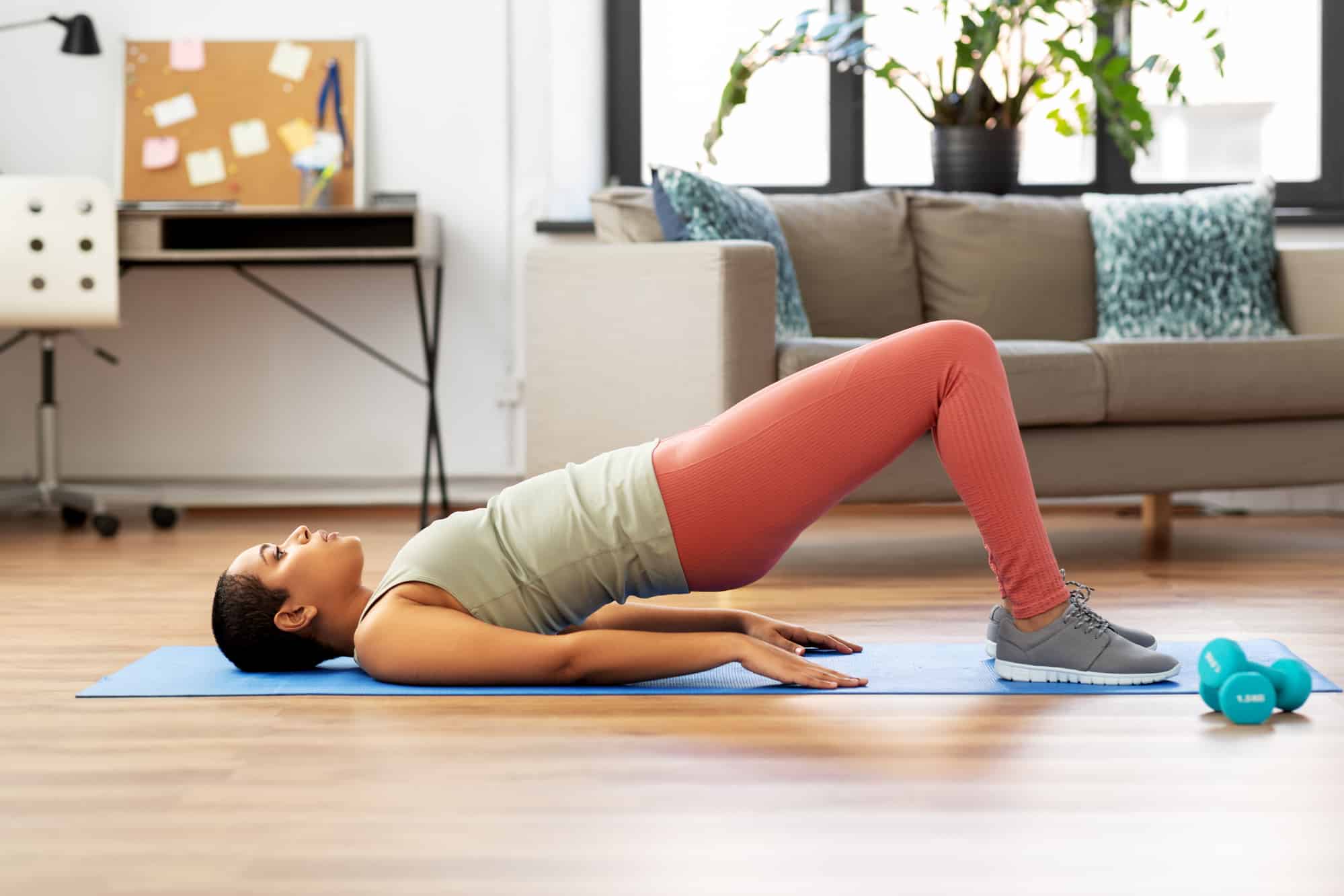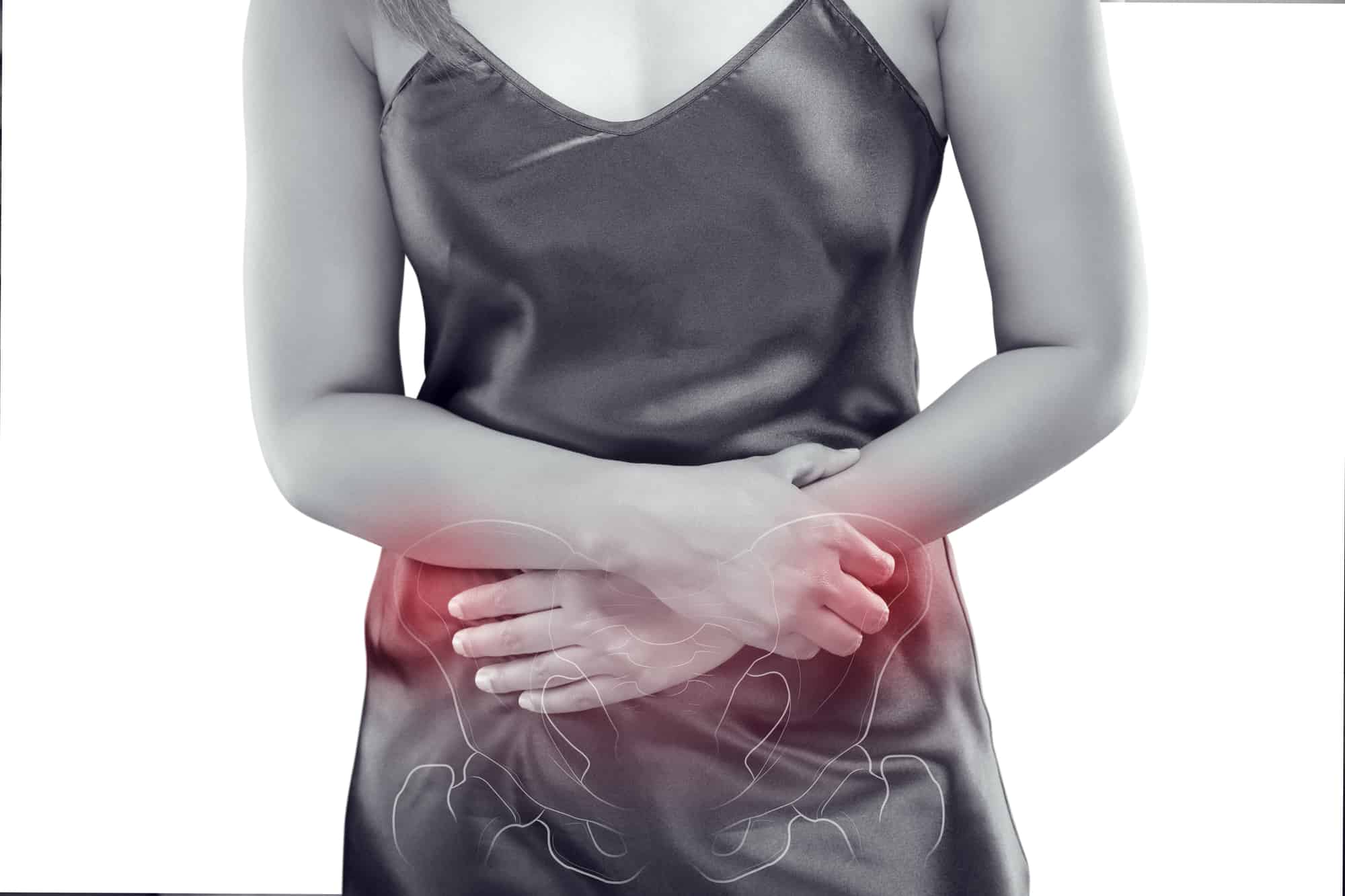The Signs of Pelvic Floor Dysfunction
Experiencing urinary problems? Pelvic Floor Dysfunction may be to blame. When you’re experiencing urinary problems, there’s a high chance that a condition known as ‘Pelvic Floor Dysfunction‘ may be lurking behind the numerous symptoms that are frustrating, exhausting and embarrassing. More Blogs From Focus Osteopathy What is the Pelvic Floor? The pelvic floor consists of … Read more

